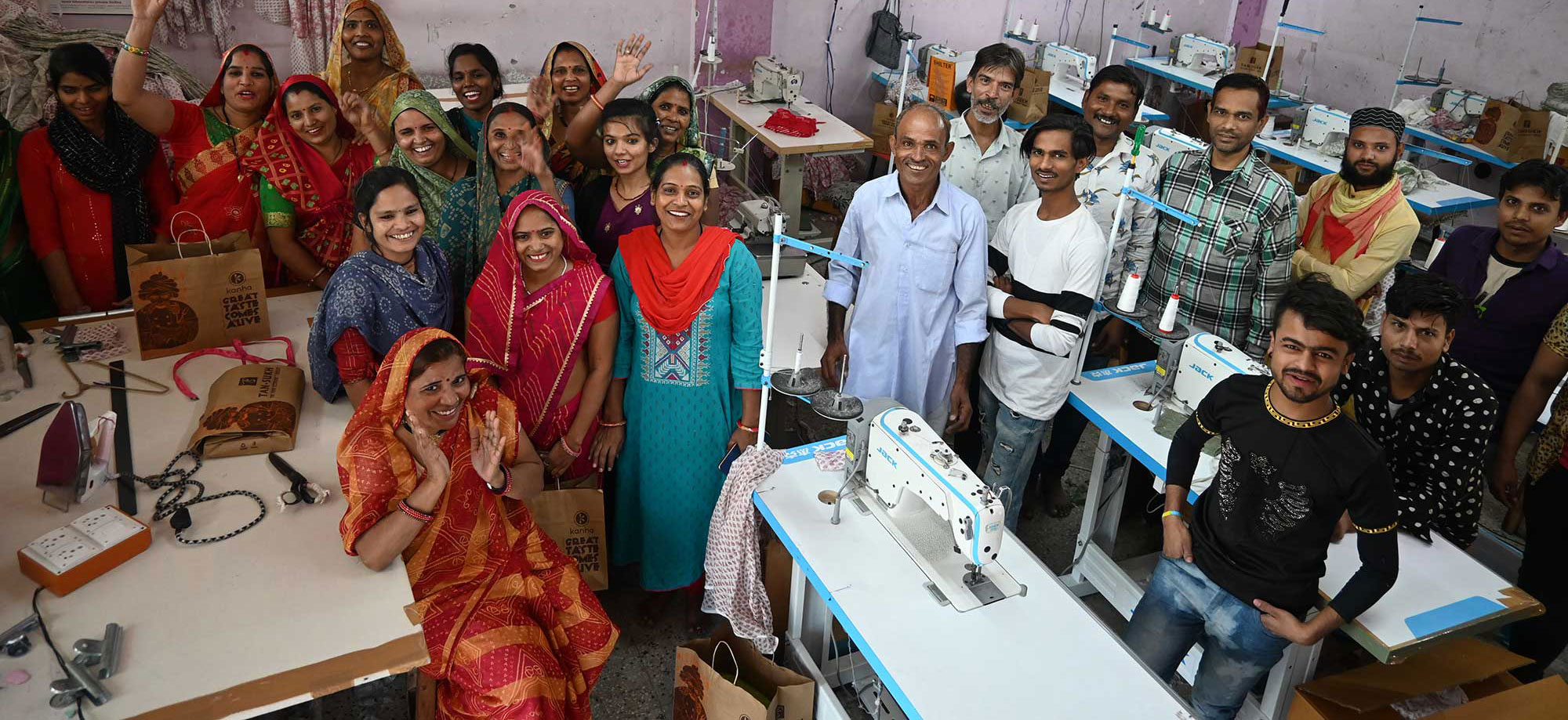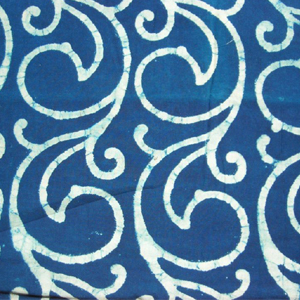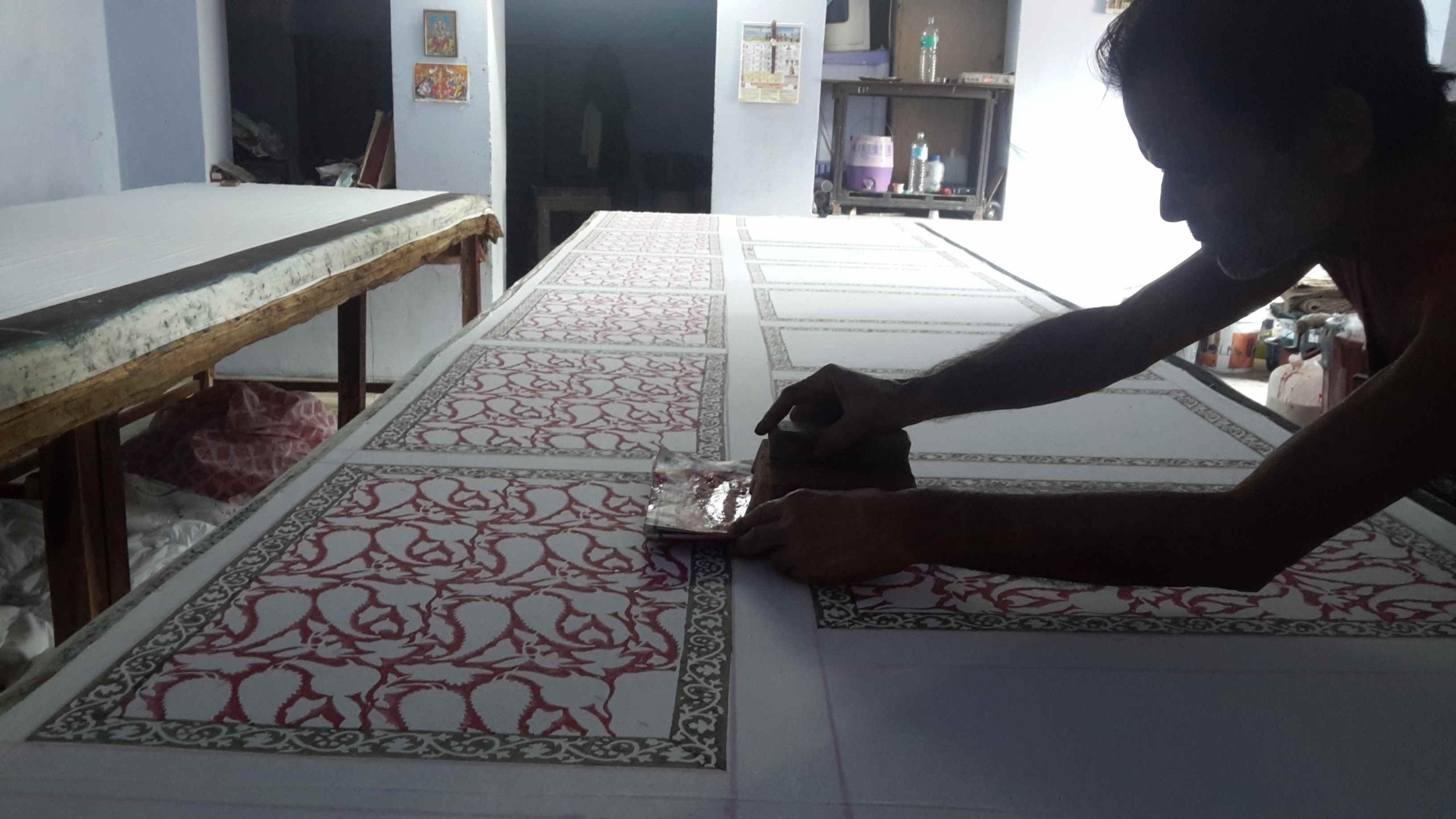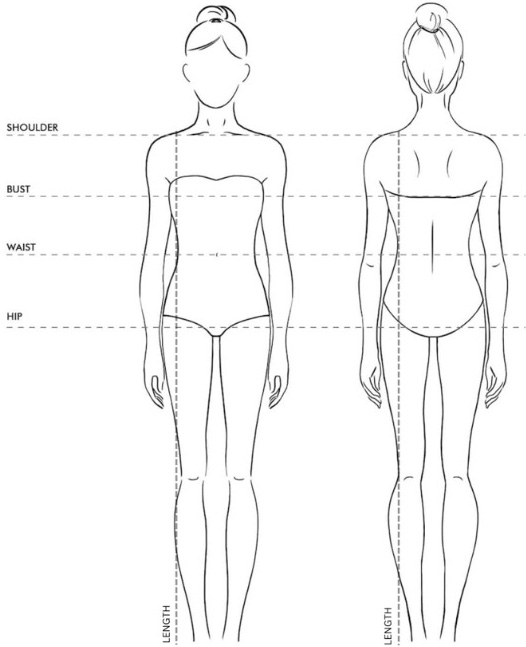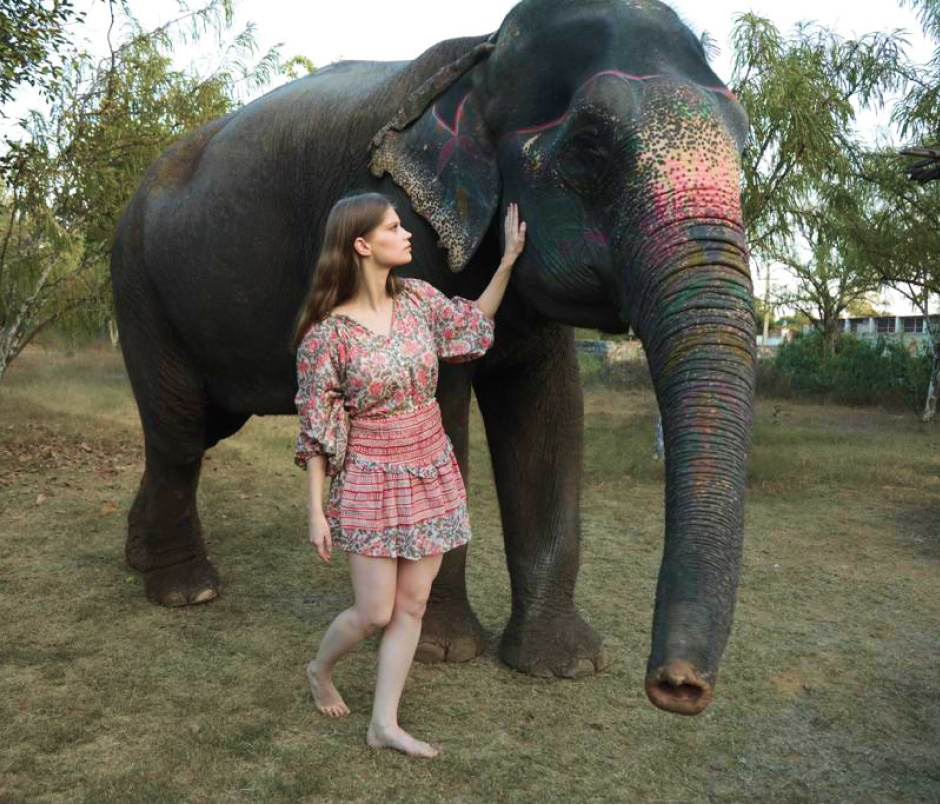
How to adopt a sustainable lifestyle?
Sustainable, is a commonly used word, too much in fact, don’t you think? But still many of us fail to live up to the true meaning of that word. So, let’s explore what sustainable living essentially encompasses and how your small steps can bring about greater change.
Sustainable living is a lifestyle that strives to cut down on the usage of Earth’s natural resources, and one’s personal resources. It is an ongoing and consistent effort to reduce one’s environmental footprint and consume mindfully and it certainly does not seem achievable when you see so many people around who are not doing their part.
But it does not mean you drop it entirely, all you need is perspective and a different approach. An entire transformation to your lifestyle will not come easily or overnight, you will have to break it down into small steps and once you start seeing how far you have come, you will realize the magnitude of power you actually have.
The first step towards living greener and happier is learning about it, you might be surprised to find out about the things you are already doing to help mother nature heal and thrive and how the smallest of changes in your lifestyle can make a huge difference.
To make the idea of sustainable living attractive and accessible, we’ve broken it down into a guide that covers the different areas of your life where you can make amendments.
Sustainable fashion
The term is in vogue and on the border of being hackneyed with little to nothing to actually back it up. The era of fast fashion has made us lose sight of the environmental impact of our clothes with the industry also contributing to four to 10 percent of global greenhouse-gas emissions each year. So, we must understand and scurry towards sustainable fashion.
Put simply, sustainable fashion is an umbrella term for clothes created and consumed in a sustained manner (literally) all the while protecting environment and also those producing garments.
The sustainability matric encompasses:
- Cutting CO2 emissions
- Addressing overproduction
- Cutting down on pollution and waste
- Supporting biodiversity
- Making sure fair wages are paid to garment workers
- Safe working conditions for them
The above benchmarks are for brands, which many don’t live up to, and many just fail to see any room for improvement. Meaning, it is simply not enough to see labels and buy the ‘sustainable ones,’ we must rethink purchasing habits and how we consume clothes.
Make your wardrobe sustainable
Buy mindfully
A staggering 100bn garments are produced globally every year. When you take that into account you might not be so aversive of the very cliche mantra- buy less and buy better. So the next time you go shopping ask yourself what you really need and if you will be wearing it at least 30 times.
Buy better
Support brands that promote sustainable practices in the true sense. The brands that have actively adopted eco-friendly practices to produce garments and small businesses that follow ethical practices to truly bring sustainability to fashion and who uplift the undeveloped areas of the world. Seek brands that do not keep information about their factories and policies around wages and working conditions a secret.
Do not just limit yourself to reading buzzwords on labels such as ‘sustainable’, ‘eco-friendly’, ‘conscious’, and ‘responsible.’ Check if they have detailed policies that back up their claims. Be mindful of what your clothes are made of, and avoid virgin synthetics like polyester which take years to break down. Opt for organic cotton over conventional one as it uses significantly less water and does not use harmful pesticides. Watch out for hidden harmful chemicals used to treat our clothes that have the potential to seriously damage local waterways, posing a risk to garment workers.
Buy Second-hand
Thrifting is becoming slowly popular now and for good reason. By thrifting, you are not only extending the life of those garments but also reducing the environmental impact of your wardrobe. You can also look at brands that upcycle textiles to make your wardrobe more eco-friendly.
More ways to truly adopt sustainable fashion:
- Don’t need it? Resell it, donate it, or recycle it– ensure it has a second life.
- Not everything needs to be bought- try renting.
- Take good care of your clothes__ repair them, re-wear them, and avoid overwashing them.
- Slow fashion over fast fashion, always.
Incorporating sustainability into routine
How you live your daily life says a lot about your behavior towards mother nature. One must not let convenience take over their life so much so that their carbon footprint is irreversible.
Use natural light as much as possible, grow your own herbs, turn off all your devices during the night (also, your wifi box), and go for recycled toilet paper with plastic-free packaging.
Talking of plastic, avoid using it as much as possible, and go for eco-friendly packing whenever possible. Take your own bags when going shopping, and use a cloth over paper towels and metal straw over plastic ones. We are proud to mention here that we use eco-friendly packaging for all our products, read more about it here <link>.
Opt for public transport over private, eat more whole foods, and avoid accepting disposable cutlery and napkins. Avoid disposable tissues when you are sick, carry around your own handkerchief instead.
Wrapping up (not in plastic),
Sustainable living is indeed a consistent and active effort towards a greener, happier life. We strongly believe that sustainability should not be limited to buzzwords and vague slogans, it should be committed to renewable, ethical, and eco-friendly practices instead.
Mohari does its part by working with clients and distributing in a way that ensures fair practice for everyone involved in the ecosystem. Our production chain ensures sustainability at every stage right from the ethical treatment of workers to packaging materials.
It is not easy to adapt to a new sustainable model, yes, but there is always room for progress and potential for growth.


